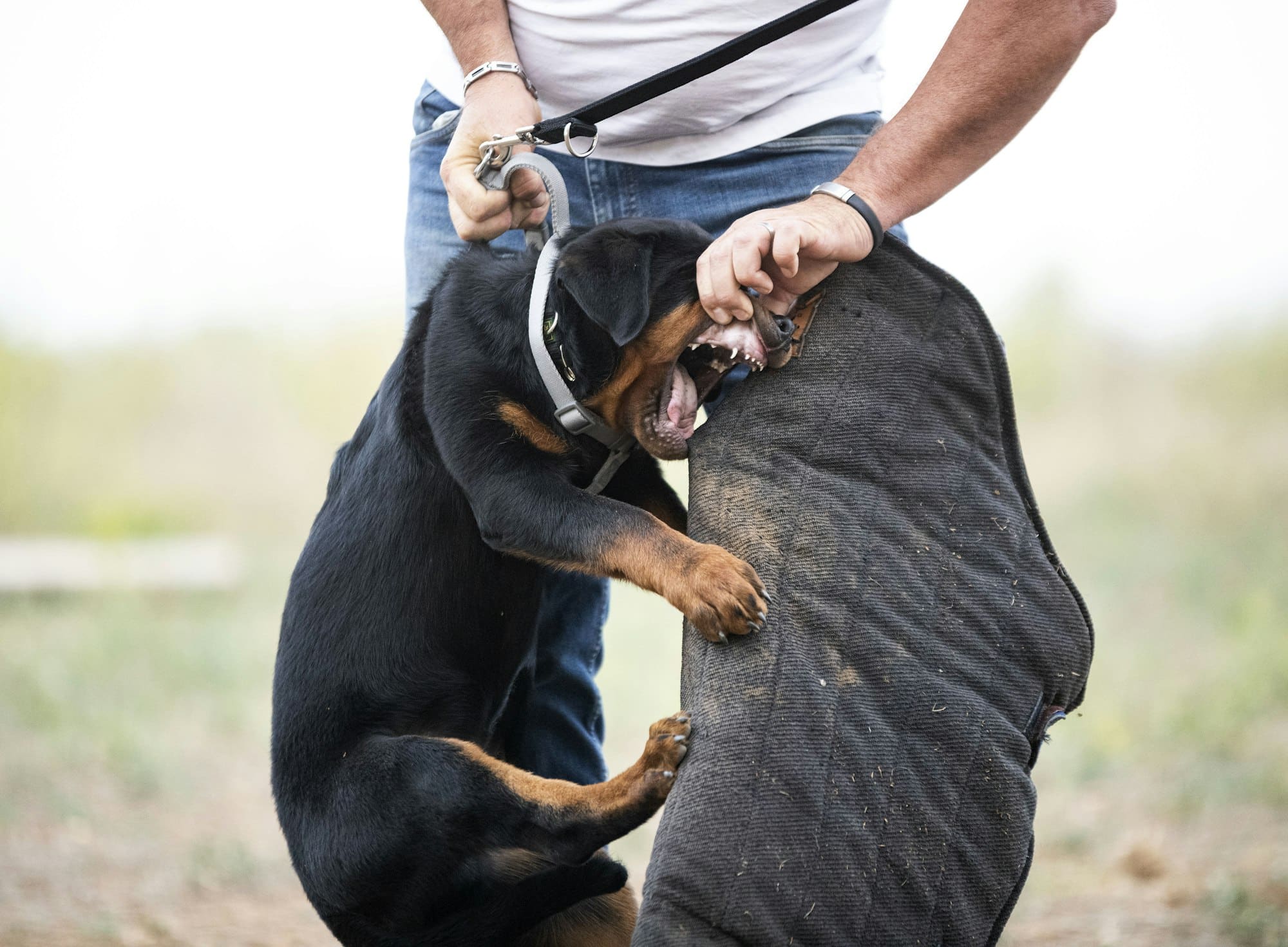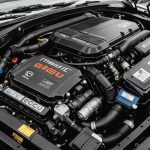Selecting a child car seat for a compact car in the UK can seem daunting, with such a wide variety of options available on the market. From rear-facing baby seats to booster seats for older kids, it’s important to ensure that you pick the right one for your child’s age, size, and safety. In this article, we’ll look at the key considerations you should keep in mind when selecting a child car seat for a compact car in the UK.
The Importance of ISO fix in Child Car Seats
When you are selecting a child car seat, one of the most important features to consider is Isofix. Isofix is an internationally recognised standard for child car seat safety. It is a system that allows you to securely attach a child car seat directly to a car’s chassis, rather than using the seatbelt alone. It’s designed to offer a more secure and rigid link between the child seat and the car to provide better protection in the event of an accident.
This might interest you : How can you accurately test and replace a fuel injector in a UK car using home tools?
In the UK, all new cars have been required to have Isofix fitting points since 2006. However, older cars may not have them, so it’s important to check your vehicle before picking a seat. Isofix seats are considered safer than those fitted with a seatbelt only because they are less likely to be installed incorrectly.
Selecting the Right Size and Group of Car Seat
Child car seats are divided into groups, determined by the weight and height of your child. The correct group will ensure the seat provides adequate protection and comfort for your child. Typically, group 0+ seats are for babies up to 15 months old, group 1 is for children from 9 months to 4 years, group 2 for children from 4 to 6 years, and group 3 for children from 6 to 12 years.
Also read : What are the essential maintenance tips for keeping a classic UK sports car in optimal condition?
Some seats are ‘combination’ seats, meaning they can be adjusted as your child grows. While these can be more cost-effective, it’s important to ensure they meet the safety standards for each group level. Also, remember that the best seat for your child is one that fits them, fits your car and can be fitted correctly every time you use it.
Knowing When to Change to a Forward-Facing Seat
Rear-facing child seats are the safest option for children under 15 months, as they offer better support for the baby’s head, neck, and spine. In the UK, it’s a legal requirement for babies to be in a rear-facing seat until they’re over 15 months old. However, it’s recommended to keep your child rear-facing for as long as possible, as this is the safest position in the event of a frontal crash.
When your child has outgrown the rear-facing seat, you can switch to a forward-facing seat. It’s important not to rush this change. A common mistake is to switch to a forward-facing seat too early. Remember, the goal is to keep your child as safe as possible.
Booster Seats: When and Why?
Finally, as your child continues to grow, you’ll eventually need to transition them from a regular child seat to a booster seat. Booster seats are designed for children aged 4-12 years, or until they are 135cm tall, whichever comes first.
Booster seats are essential because they raise your child up to the correct height for the adult seat belt to fit properly across the chest and hips. A poorly fitted seat belt can cause severe injury in the event of a crash.
Ensuring a Proper Fit in Your Compact Car
One final consideration that’s especially important for those of you with compact cars is the fit of the child car seat. Not all child car seats will fit in all cars, so it’s crucial to make sure the seat you choose fits your car properly. Check the car seat manufacturer’s guidelines to ensure the seat will fit in your car.
Additionally, many stores will allow you to try the seat in your car before you buy it. Remember, a poorly fitted seat can compromise its effectiveness in a collision, so it’s worth taking the time to ensure a correct fit.
In conclusion, selecting the right child car seat for your compact car involves a number of key considerations, including Isofix compatibility, the right size and group, when to switch to forward-facing, when to use a booster seat, and ensuring a proper fit in your car. By keeping these factors in mind, you can ensure your child’s safety while on the road.
Considerations about Side Impact Protection and Harness Points in Car Seats
When choosing a car seat, the focus is often on the front and rear impact protection, but it’s just as crucial to consider side impact protection. In the event of a side-impact crash, this feature can significantly reduce the risk of injury to your child. It’s engineered to absorb the force of a side collision, protecting your child’s head, neck, and body.
A large portion of child car seats comes with side impact protection as standard. However, the design and effectiveness can vary significantly between models. It’s crucial to look for a seat with deep, padded side wings and energy-absorbing foam for better protection.
Another key feature to look for in a child car seat is the harness points. A 5-point harness is considered the safest, as it secures your child at the shoulders, hips, and between the legs. This design helps to distribute the force of a collision over a wider area, thus reducing the risk of injury.
It’s also worth noting that a snug fit is crucial when it comes to the harness. It should be tight enough that you can’t pinch any excess webbing at the shoulder. Also, the chest clip should be at armpit level to keep the harness straps secure on the shoulders.
Making the Transition to a High Booster Seat and Its Benefits
After the transition from a forward-facing seat, the next step for your child will be moving to a high booster seat. These seats are designed to raise your child’s seating position, allowing the vehicle’s regular seat belt to fit correctly.
The position of the seat belt is critical. It should rest across the strongest parts of your child’s body – the chest and hips. A high booster seat not only ensures this correct positioning but also provides continued side impact protection.
As a parent, it’s essential to resist the urge to transition your child to a booster seat too early. The UK law states that a child must use a child car seat until they are either 135cm tall or 12 years old, whichever comes first. Until then, a high back booster seat provides better protection than a backless one, especially in the case of a side impact.
In conclusion, the selection of a child car seat requires thorough consideration of several factors. The process can be daunting, but keeping in mind the essentials like Isofix compatibility, appropriate size and group, timing of transition to forward-facing and booster seats, and a proper fit in your car can make it easier. Additionally, features like side impact protection and 5-point harness can significantly enhance child safety during travel. The key lies in understanding these features and ensuring they align with your child’s age, weight, height, and the specific requirements of your compact car for a safe and comfortable ride.












